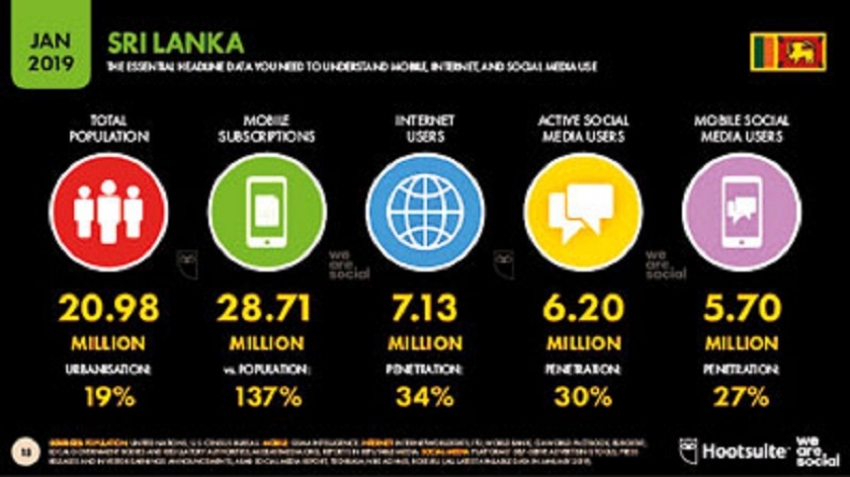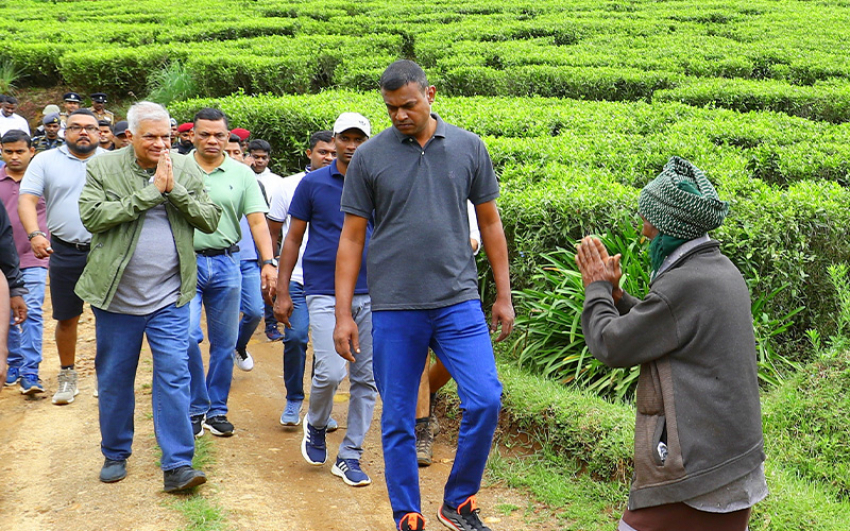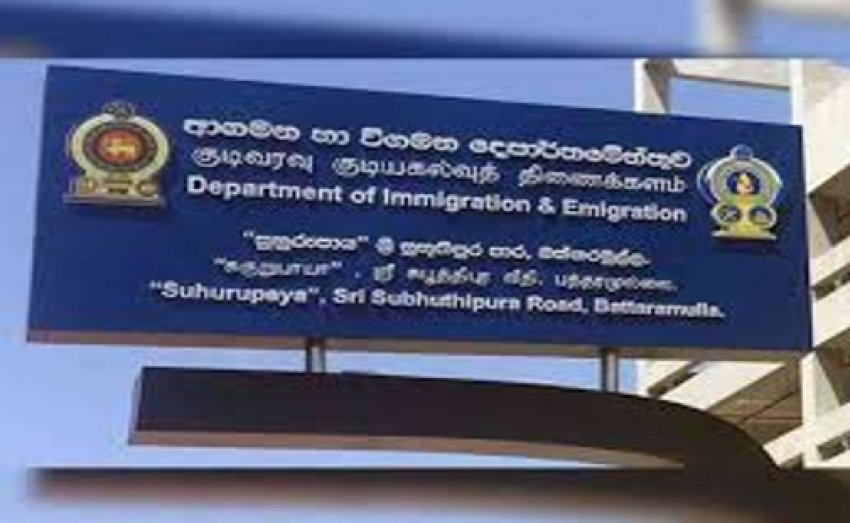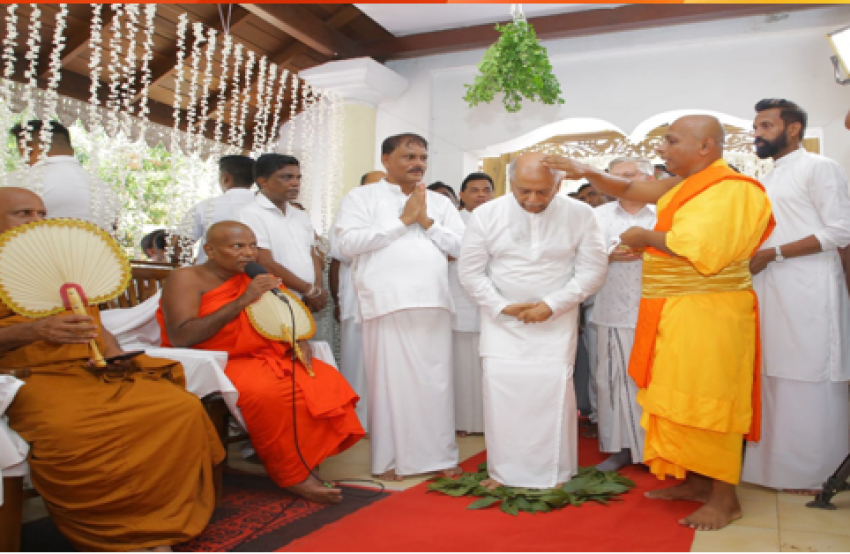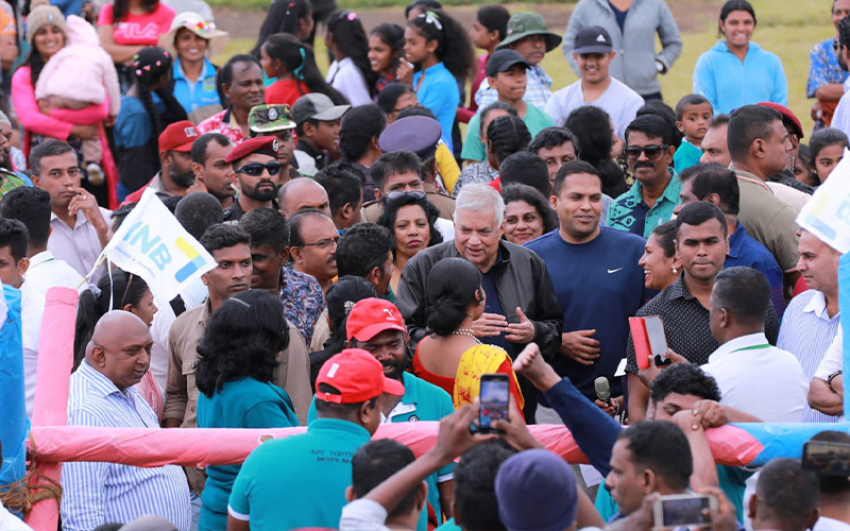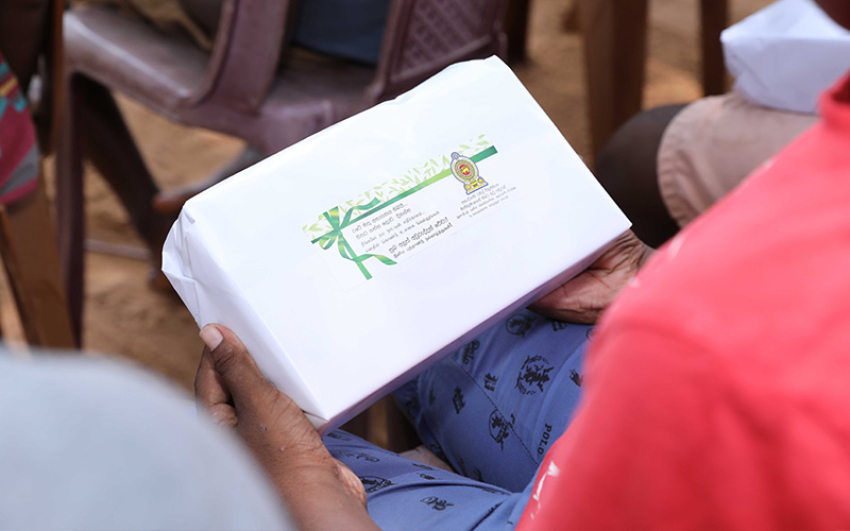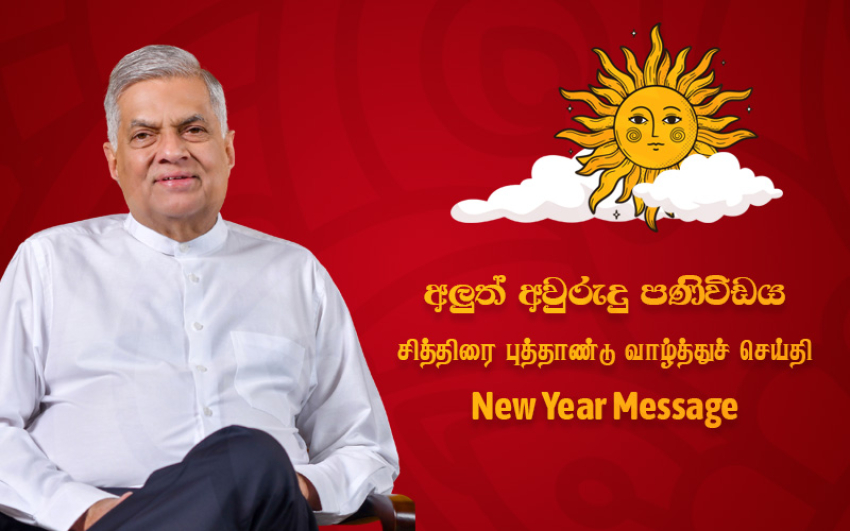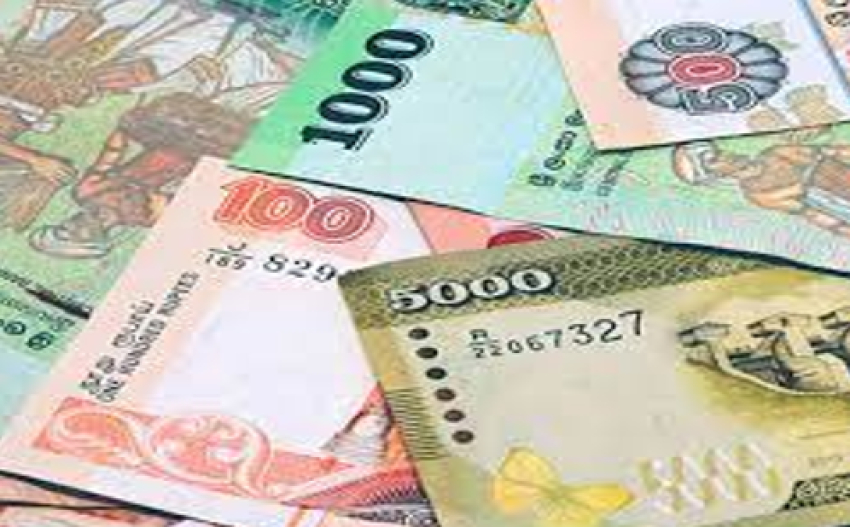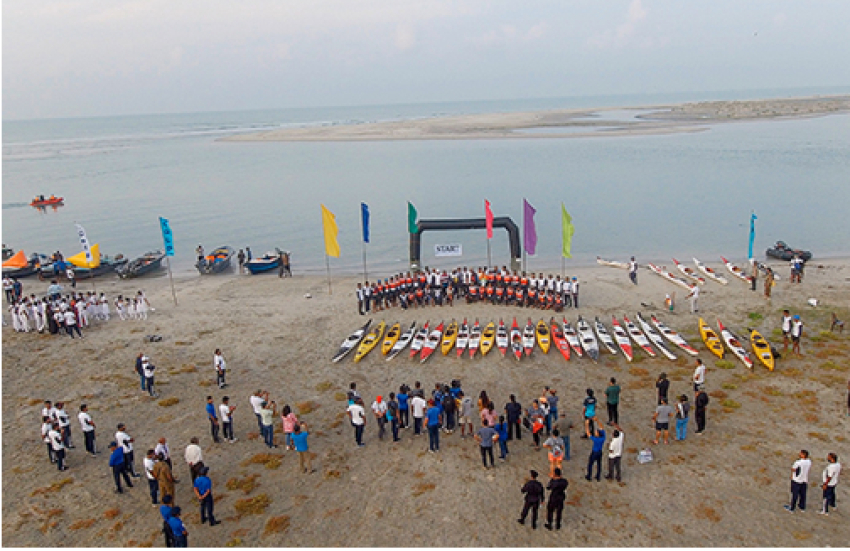Sri Lanka has achieved phenomenal growth when considering the online connectivity of Lankans, thanks to a booming telecommunications sector that has brought cutting edge technology (eg 4G/5G) to the local market. As of January 2019, there were 7.13 million internet users in Sri Lanka, (internet penetration stands at 34%); of those, 5.7 million (almost 80%) connect to the internet using their smartphones. About 87% of Lankans who are online have social media accounts, with 85% of them having Facebook accounts.
The statistics clearly point to a trend that has already been observed in other South East Asian countries (Indonesia, Myanmar, the Philippines and Thailand), which is, for most users the internet and Facebook have become interchangeable and they identify being on Facebook as being online. This trend can be partially attributed to Facebook’s success in convincing people that when they connect to Facebook, they are not using the internet, but only its app; furthering its own commercial gains they become the internet to the unsuspecting user. Referencing research carried out in Thailand, when people were questioned if they are online, they answered in the negative, but when asked if they have a Facebook account and access it daily, the answer was a resounding ‘yes’, leading researchers to conclude that Facebook had become its own entity outside the internet in the user’s mind, although being dependent on an internet connection.
Filter bubbles and echo chambers
corroding democracy
If online Lankans are convinced that their social media poison of choice is by default the internet, then the information and news they consume within that social media network becomes their world view. Around 75% of Lankans watch two hours or less television a day (source: research by Seven Media Group), benchmarking global indicators of 6-7 hours a day of screen time, it can be prudent to assume that for the majority of Lankans that time is spent on Facebook, making it their primary news source and information stream.
Once Facebook becomes your main source of information, you allow Facebook’s proprietary algorithms to index, classify and curate the information that you consume on their platform. This leads to users being trapped into an online mechanism known as “Filter Bubbles”, which refers to the results of the algorithms that dictate what we encounter online, or in simpler terms, showing content you already agree with. This curated world view starts to warp reality and feed into confirmation biases naturally predominant in people, and very soon you start to firmly believe that your view of the world, ie the way you see things, is the correct way. This leads to the another phenomena known as “Echo Chambers” in which beliefs are amplified or reinforced by communication and repetition inside a closed system. By visiting an echo chamber, people are able to seek out information which reinforces their existing world view.
Fortunately for companies like Facebook this allows them to easily show you content that would be customised to your interests, and therefore allow advertisers to give precise targeted advertisements. However, the more dangerous side-effect of such content is that a person’s view of the world/beliefs are reinforced. This, in turn, acts as a catalyst to polarise communities along any quantifiable fault lines such as race and religion. The exchange of different, and sometimes conflicting ideas, is the cornerstone of a vibrant democracy. However, filter bubbles and echo chambers slowly start to chip away at the very foundation of democracy with their corrosive and disruptive practices.
Terrorism 3.0 is radicalisation, recruitment, and operation of terror networks purely based on social media and virtual decentralised groups. Recruitment is done via social media, while communications and operations are facilitated via highly encrypted messaging apps (eg Threema).
Terror networks like ISIS have developed World War II style propaganda campaigns that now play out in news (Amaq news agency and global coverage), video (YouTube, news and terror updates), audio (sound clips, podcasts and audio tweets), social media (Facebook, Instagram, Snapchat, Twitter, Weibo, etc), video game modifications (ARMA 3), as well as in social campaigns tied to #hashtags.
ISIS terror group’s primary recruitment methodology leverages online social media tools and messaging that are structured similar to marketing campaigns. This similarity to the best Fortune 500 companies’ Facebook accounts’ own filter bubbles and echo chambers make this process seamless for terror recruiters, as the radicalisation of their world view has already been indoctrinated by Facebook algorithms.
There are estimates that ISIS operates a network of about 1,000 social and digital media operatives globally, making their staff more numerous than many large public relations agencies.
Their recruitment process starts with glossy English-language publications like Dabiq, and social seeds and hashtags across the social web. Dedicated websites on the Dark Web and readily available ISIS propaganda online are coupled with a recruitment process that is socially-geared towards the disenfranchised millennial audiences.
Once a prospect starts communicating with an ISIS recruiter, they are quickly further radicalised by incentivising a “bill of goods” that include opportunities to lead or to find a “meaningful life and place”. The recruitment process involves an initial pledge, as well as the standard cult tactics of cutting off friends and family for a new “peer and social group”. Once this occurs, they are led to excommunicate their family, all religious elements in their life, and take an oath of allegiance to ISIS. This entire process is led by social media platforms and secure messaging apps.
Fighting back
Sri Lanka has valuable experience in dealing with traditional terrorism, however Terrorism 3.0 demands long-term goals to be developed and integrated, with enhanced social media sentiment analysis with protocols on how to spot and manage radicalisation in both the online and offline worlds. The fight should be fought on the ideological front, led by moderate leaders, and online sentiments should also be countered with offline actions and discussions.
For the general public, the best fight-back is to break the cycle of filter bubbles and echo chambers created by corporations like Facebook, as this is a stepping stone to radicalisation. Do not make social media your mainstream of news, and always take steps to verify and authenticate information via established and trusted information networks such as newspapers, traditional media outlets or government sources. Always take meaningful steps to understand complex social issues by listening to voices and opinions that perhaps that do not agree to your worldview and maybe, just maybe, put down that smartphone and have a conversation with your fellow Lankan.
Fortunately for companies like Facebook this allows them to easily show you content that would be customised to your interests, and therefore allow advertisers to give precise targeted advertisements. However, the more dangerous side-effect of such content is that a person’s view of the world/beliefs are reinforced. This, in turn, acts as a catalyst to polarise communities along any quantifiable fault lines such as race and religion. The exchange of different, and sometimes conflicting ideas, is the cornerstone of a vibrant democracy. However, filter bubbles and echo chambers slowly start to chip away at the very foundation of democracy with their corrosive and disruptive practices.
Terrorism 3.0 is radicalisation, recruitment, and operation of terror networks purely based on social media and virtual decentralised groups. Recruitment is done via social media, while communications and operations are facilitated via highly encrypted messaging apps (eg Threema).
Terror networks like ISIS have developed World War II style propaganda campaigns that now play out in news (Amaq news agency and global coverage), video (YouTube, news and terror updates), audio (sound clips, podcasts and audio tweets), social media (Facebook, Instagram, Snapchat, Twitter, Weibo, etc), video game modifications (ARMA 3), as well as in social campaigns tied to #hashtags.
ISIS terror group’s primary recruitment methodology leverages online social media tools and messaging that are structured similar to marketing campaigns. This similarity to the best Fortune 500 companies’ Facebook accounts’ own filter bubbles and echo chambers make this process seamless for terror recruiters, as the radicalisation of their world view has already been indoctrinated by Facebook algorithms.
There are estimates that ISIS operates a network of about 1,000 social and digital media operatives globally, making their staff more numerous than many large public relations agencies.

